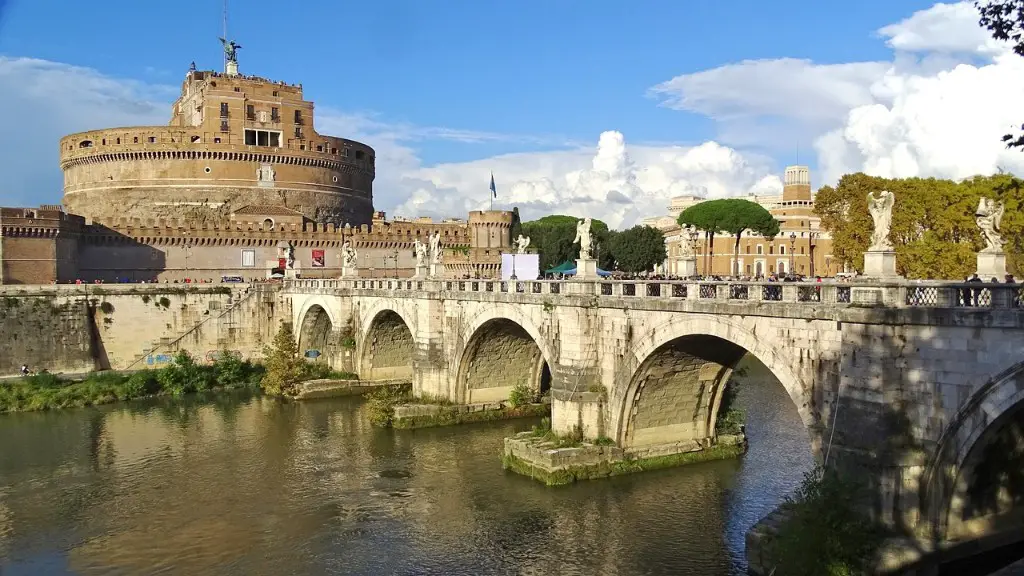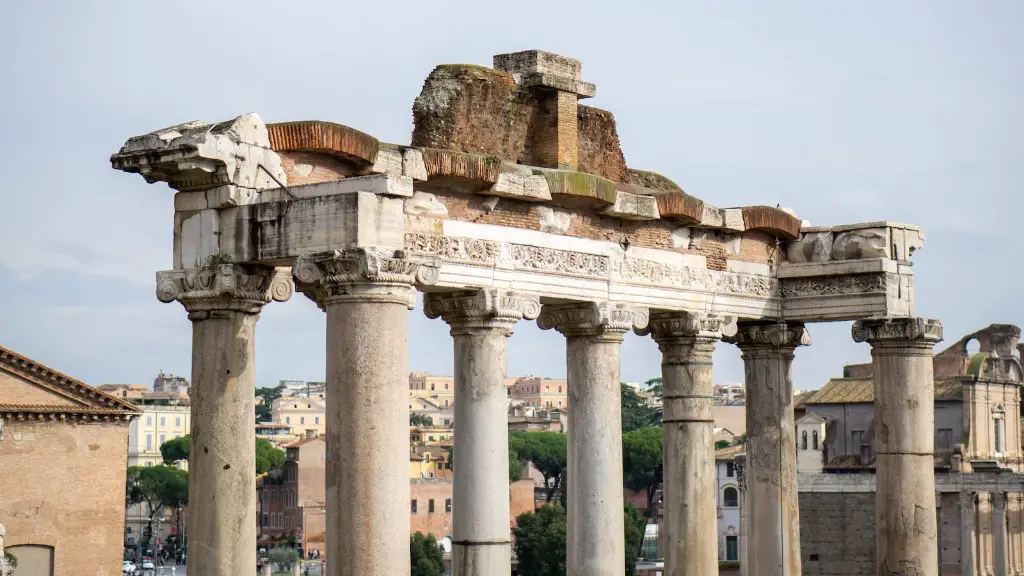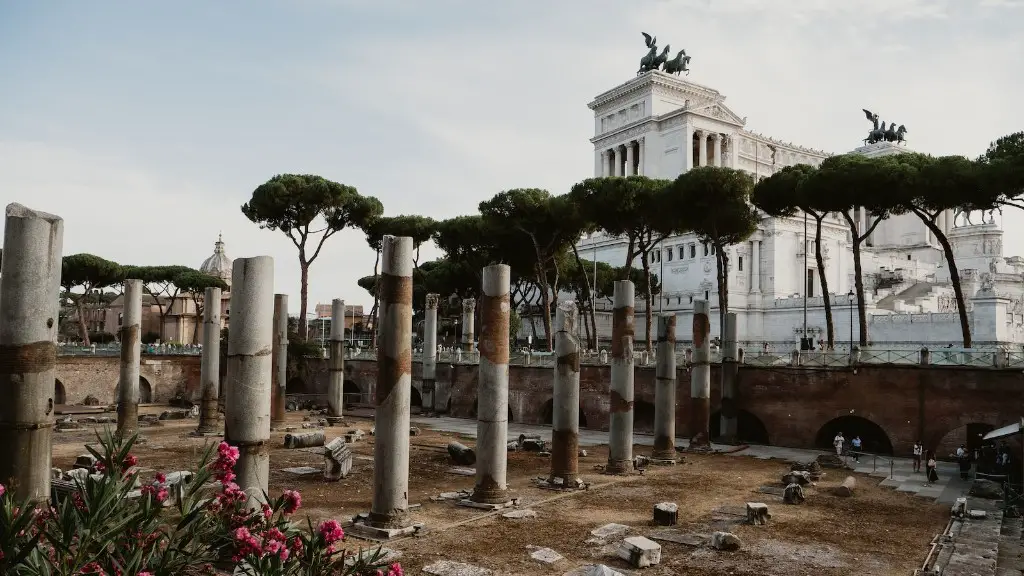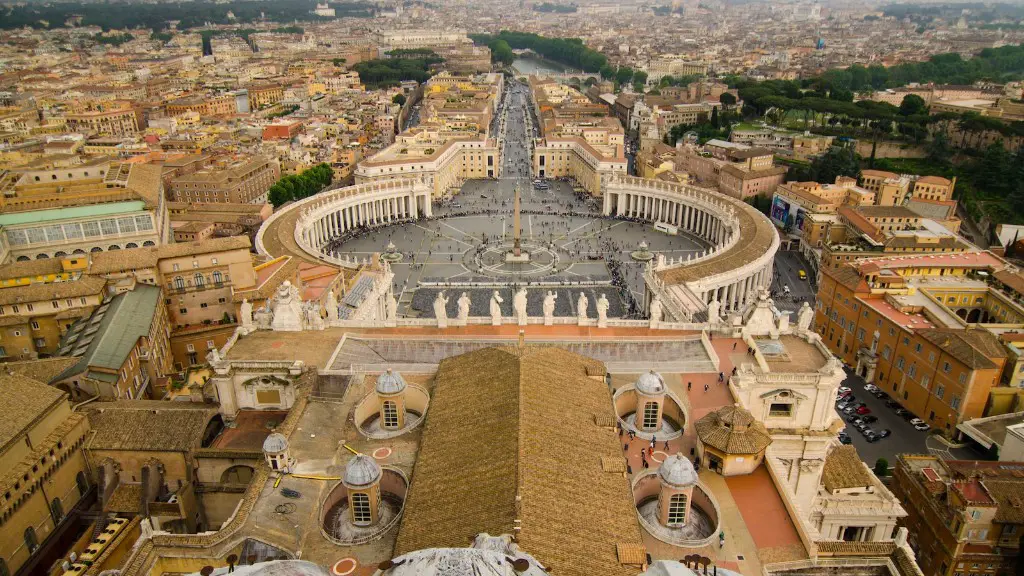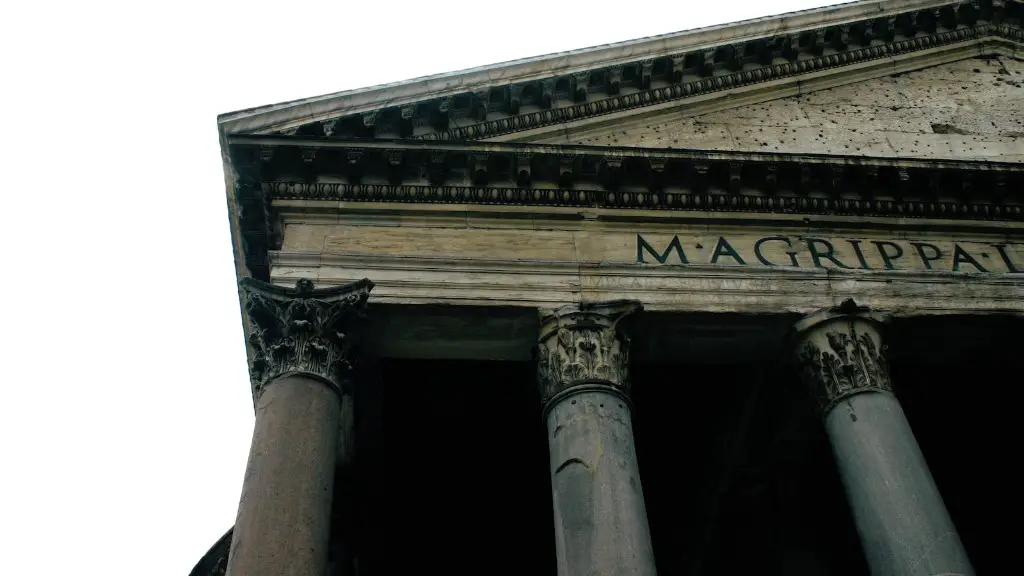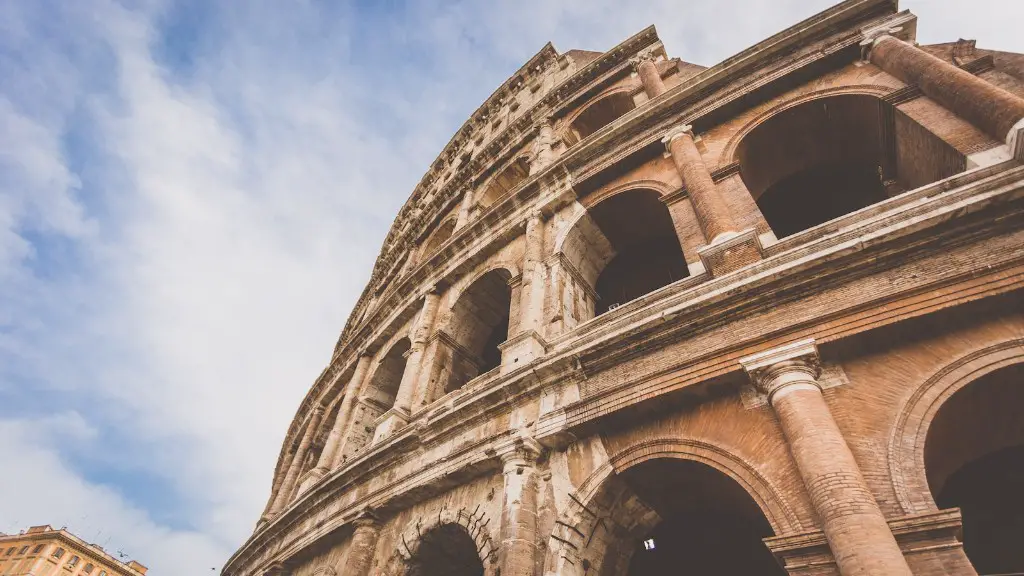Why is Architecture important to Ancient Rome
Roman architecture was advanced for its time, and has provided an enduring influence for modern architecture, evidenced even as early as the Colosseum’s construction in 70–80 CE. However, why is architecture so important to ancient Rome?
At the height of the Roman Empire, elaborate and grandiose outlets of architecture were often used to demonstrate the might and strength of Rome’s military power. The Colosseum itself stands as a symbol of the Roman ability to build large and impressive structures, hosting gladiatorial contests and other forms of entertainment. Additionally, the Colosseum served to encourage a sense of community and shared cultural identity, similar to a modern stadium where fans of a team all come together to show support.
Architecture was also a method of displaying status and political power. Large and impressive works of architecture, like the Pantheon and the Parthenon, provided visual proof of the strength and stability of Rome. Such edifices, as well as other monumental structural changes, allowed Rome to create an identity as a powerful and unified entity, as well as creating an aura of sophistication.
Architecture was also important to Rome in the development of religious life, which was very complex and important to the structure of Roman society. In the ancient world, religion was an integral part of everyday life, and religious architectural sites such as temples and shrines were common throughout the empire. Temples provided a place for worship, as well as demonstrating the power of the deity. Similarly, shrines provided a place where adoration and tribute could be paid to a god or goddess, and were typically located in more public areas.
In addition to its importance to religion, architecture also contributed to the practical aspects of Roman life. Basic architecture and engineering knowledge made up not just monuments and temples, but also everyday things like roads, walls, aqueducts, and plumbing systems. These everyday structures allowed for trade and commerce within the Roman Empire, and for its growth and expansion.
Architecture can also be seen in the domestic world of the Roman home. Laws influenced the type of windows, interior decorations, and the size of homes, confirming the importance of architecture in determining the structure and layout of a house. Even the most basic homes often contained a courtyard, which was a vital part of the lifestyle and identity of a Roman family.
Arena of Political Competition and Debate
The Roman Forum and other large public squares such as Trajan’s Forum in Rome provided the opportunity for people to express their opinions and grievances, while meeting other people involved in the political process. Romans used certain architectural markers like columns and statues to signify their political ideologies to one another, and were often surrounded by statues and other artworks to honour the gods, or celebrating the deeds of great leaders. The architecture of the public spaces was intricately woven into the fabric of Roman politics, as it contained public buildings dedicated to law courts, and hosted rallies for important political events.
The use of larger public spaces allowed for people to express their views and beliefs. These open areas served a dual purpose: firstly they allowed people to communicate, while also providing an impressive visual testament of the civilisation’s accomplishments. Structures like the pantheon in Rome have become iconic symbols of the power and sophistication of the Roman Empire.
The visual appeal of these spaces also provided an opportunity for leaders to display their power and influence. In addition to political events, the areas were also used for public demonstrations, ceremonies and festivals. They were where Roman citizens would meet, hear speeches and witness processions, including funeral processions for important leaders, and more orthodox religious processions.
Moreover, archaeological evidence suggests that many of the civic structures in Rome were significantly decorated with artworks, sculptures, and painted walls. Therefore, the architecture of public spaces served a role in propagating Roman identity and culture, while also providing a showcase for the achievements of its people.
Artistic Expression
In addition to the functional demands of the Roman Empire, architecture was also the medium through which a Roman could express their creativity and artistic vision. As a means of communication and expression, architecture was used to express a wide range of human emotions, from the grandiose and awe-inspiring to the intimate and personal.
A particular example of this was the use of mosaics in Roman architecture. Mosaics and other forms of decorative art were used to tell stories, with colours and patterns used to evoke a certain mood or impression in the viewer. Temples, palaces and public spaces were decorated with mosaics to tell the stories and values of the Roman people, and to express their emotions, beliefs and culture.
Additionally, many structures were built to express grandiosity and awe, as well as providing an impressive backdrop for important events. The historical arch of Titus in Rome, for example, was built by the Emperor Domitian in 81AD as a way to commemorate Titus’ military victories. It portrays an impressive message of power and strength, with its large, impressive size, and its elaborate sculptural art.
It is clear then, that architecture was very significant in Rome. Not just a means of displaying military strength, status or religion, architecture also represented a form of artistic expression, allowing a person to tell stories, communicate their beliefs, and express their creativity.
Cultural Identity
Roman architecture provided a way to maintain rites of passage and social traditions and to communicate a strong sense of cultural identity. Archaeological evidence suggest that the structure of ancient Roman homes and villas were understood and strongly associated with social status.
The design of a Roman house would include various elements, such as a courtyard and an atrium, both of which served to express cultural values and to strengthen the communal identity of Roman families. For example, the atrium of a Roman house was a grand central hall, in which the family members would entertain guests and discuss communal affairs.
Additionally, public spaces and monuments were also symbols of national pride and identity. They were not just a way to show the power, strength, and stability of the empire, but also a way to celebrate and value a shared culture and identity. The structure of the Roman basilica, for example, was designed to look like a palace or a temple, suggesting the power and grandiosity of the Roman Empire.
Finally, many of the iconic structures of Rome today, such as the Colosseum, the Arch of Titus, and the Pantheon, stand as symbols of the strength, stability, and sophistication of the Roman Empire. They have become hugely important symbols of national identity, as well as popular landmarks. It is clear, then, that Roman architecture played an important role in the establishment of the Roman identity.
Community and the Political Environment
The structures of ancient Roman architecture were also used to encourage a sense of community and belonging. This sense of belonging was developed through architectural features such as the forum, where citizens could gather for discussions and public debates. The forum was more than just a political platform though; it also provided a venue for citizens to openly discuss communal topics such as religion, agriculture, and personal life.
The forum was also designed in part to provide entertainment and distraction from the day-to-day woes of life in Rome. To this end, the forum was often filled with a variety of activities, such as theatre performances, street performances, and sporting events, which would draw the attention of the public and help to foster community spirit.
The use of traditional architecture to encourage community spirit was also seen in many of the public buildings and temples of Rome. These structures served as meeting places for citizens to share their grievances and discuss the political environment. The Pantheon, for example, was designed in part to provide an impressive backdrop for important meetings and to help create an atmosphere of community and shared culture.
Thus, it can be seen that Roman architecture played an important role in creating a sense of community amongst the people of Rome. Through its impressive structures, it established an identity of belonging and a shared culture, as well as providing entertainment and distraction.
Maintenance of Social Hierarchy
Roman architecture was also designed to reinforce the social order of the time. This was partly done through the construction of monuments and temples that were often dedicated to the gods and the most powerful members of the Roman aristocracy. Dedicating a temple or monument to a particular god or ruler was seen as a show of respect, and would help to reinforce the idea of a strong social hierarchy.
Architecture was also used to signify the power and success of individuals; the larger and more impressive an edifice, the higher status the person was perceived to have. For example, the structures known as tripartite temples were often built to house the private collections of wealthy Romans, to show off their power and influence. These structures were also commonly built with elements of classical architecture, such as columns, a portico and a pediment, to signify the wealth and power of their owner.
Moreover, the structure of Roman villas and houses further reinforced the social order of the time. Each house would be designed to reflect the social status of its owner, with those of higher categories having more elaborate and complicated structures. This architecture was designed to emphasise the wealth and power of the occupants, creating a visual symbol of their success and giving them a greater sense of social identity.
Hence it is clear that Roman architecture was far more than just purely functional; it was also used to signify social status, to reinforce the social hierarchy, and to provide a visual representation of power and success.
